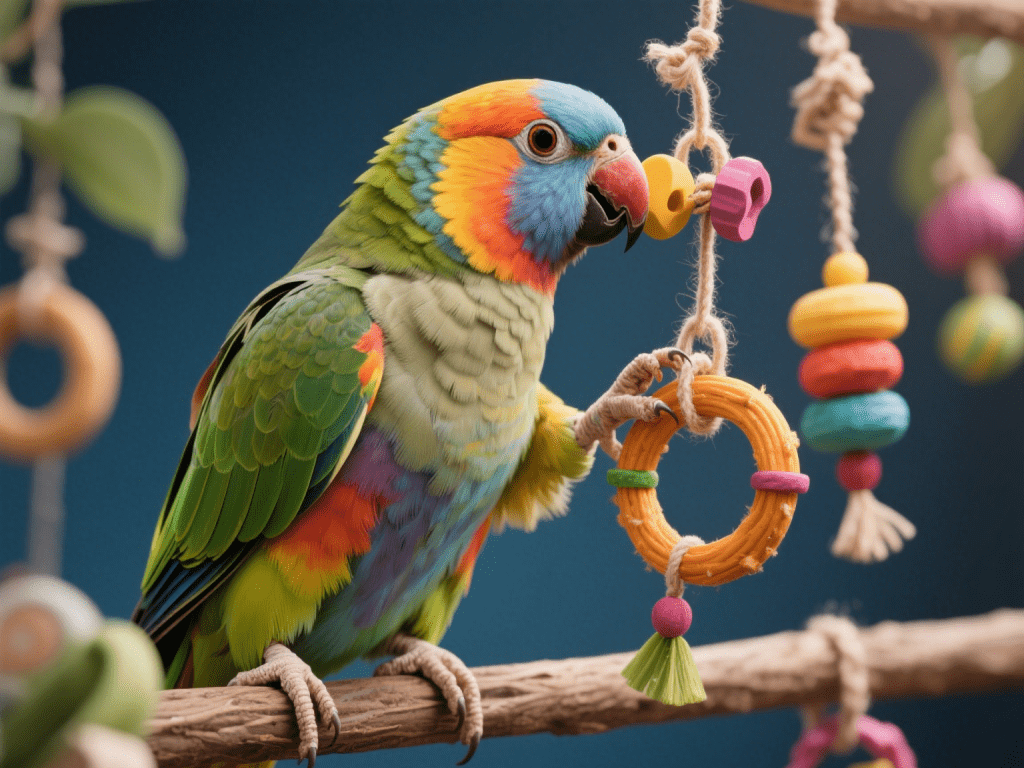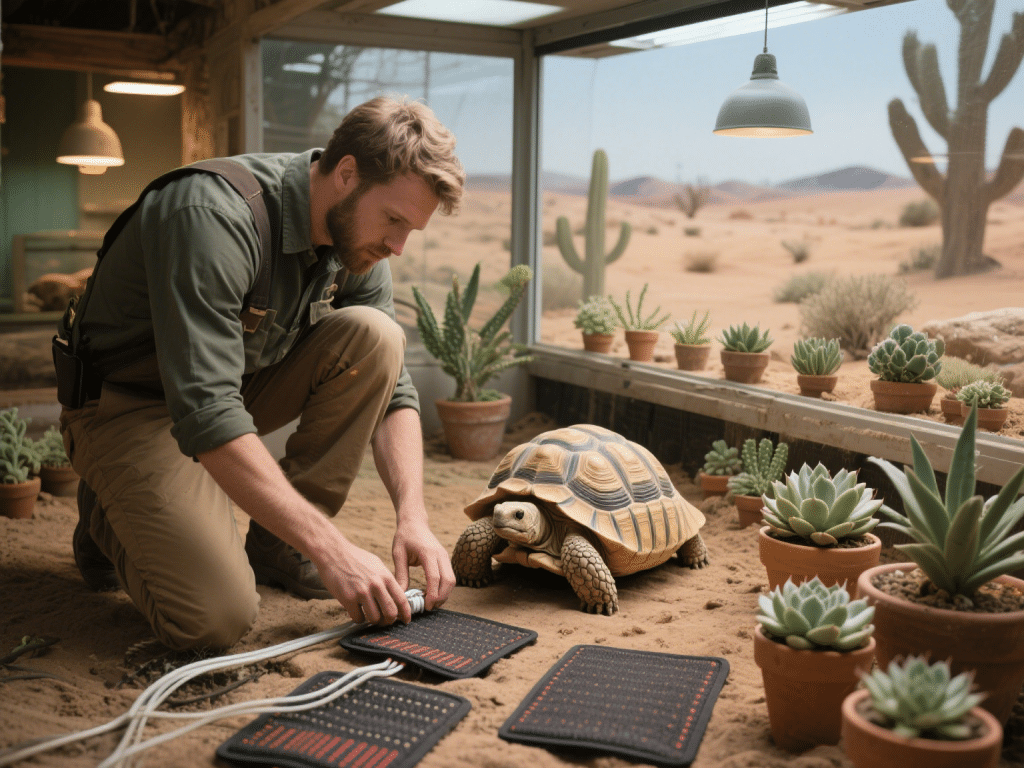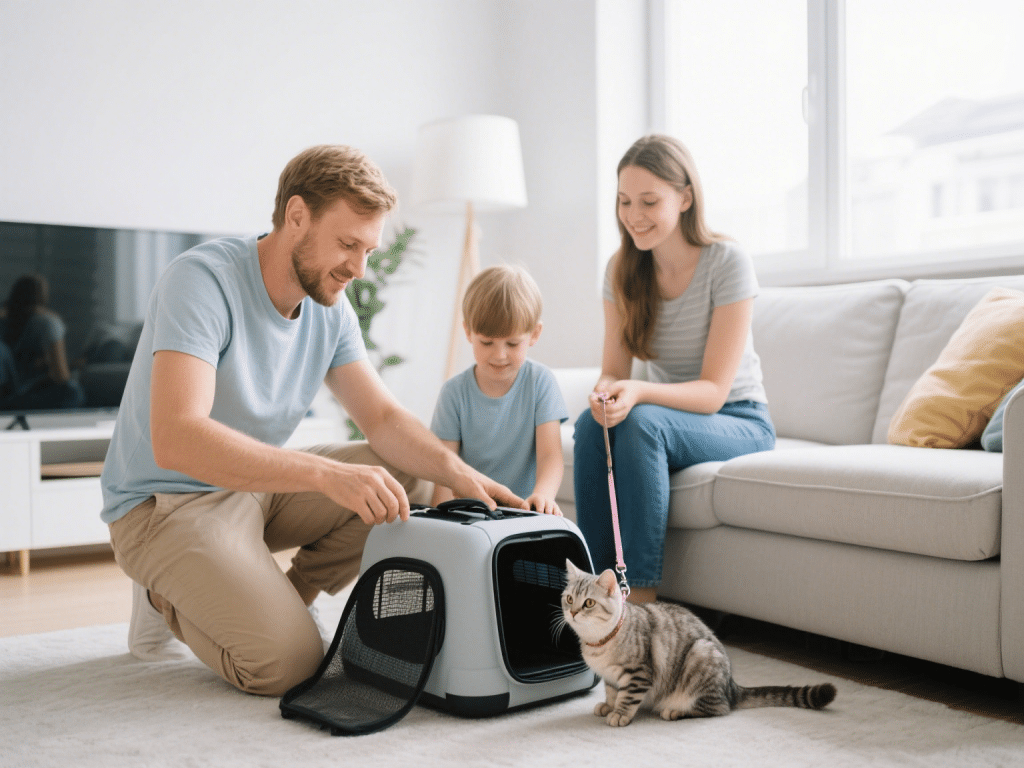
Indoor rabbits thrive on a blend of environmental stimuli, chewable substrates, and social interactions. As a veteran rabbit behaviorist, I’ve seen the difference in rabbits provided with just 30 minutes of daily enrichment versus those left idle. This guide distills field‑tested strategies.
1. Why Enrichment Matters
Boredom in rabbits leads to destructive chewing, aggression, and compromised dental wear. Enrichment meets their intrinsic needs to forage, burrow, and explore.
2. DIY Enrichment Projects
– Cardboard Tunnels: Save and staple cardboard boxes to create a mini‑burrow network.
– Hay‑Stuffed Toilet Rolls: Fold hay into paper tubes so your rabbit works to extract each tuft.
– Treat‑Ball Puzzle: Drill holes in a plastic ball just big enough for pellets to fall out during play.
3. Store‑Bought Toys and Tools
– Wicker Chew Logs: Safe to gnaw and reshape.
– Interactive Foraging Mats: Textured mats hide treats for ground‑level exploration.
– Digging Box: Shallow bin filled with shredded paper or aspen shavings offers simulated burrowing.
4. Social and Sensory Enrichment
– Companion Time: If space and budget allow, pair compatible rabbits for mutual grooming.
– Audio Stimulation: Play soft classical music or nature sounds to soothe and intrigue.
– Scent Trails: Drag a cloth scented with lavender or chamomile around the enclosure for a novel scent experience.
5. Rotating Enrichment Stations
Change one item daily to sustain novelty. Keep a rotation log to track which activities your rabbit enjoys most—this data will refine your enrichment schedule.
6. Measuring Enrichment Success
Monitor engagement by observing time spent interacting with each toy. Aim for at least 20 minutes of active play per session, twice daily.










